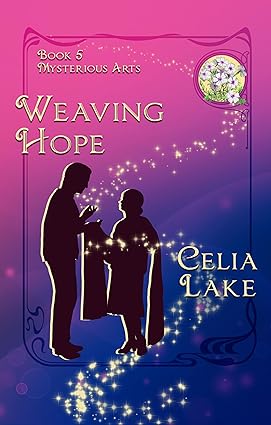 Weaving Hope by Celia Lake
Weaving Hope by Celia Lake Series: Mysterious Arts #5
Published by self-published on 2/07/2025
Genres: Fantasy Romance, Historical Fantasy
Pages: 293
Format: Kindle or ebook
Source: purchased
Purchase: Amazon | Barnes & Noble
Add to Goodreads

Also by this author: Pastiche
Jeremy has a house.
To be precise, Jeremy has unexpectedly inherited a large country house in a remote area of Norfolk. Jeremy knows how to manage accounts, thanks to his work at Albion’s Ministry. But he has no idea what to do with an estate, how to talk to the staff, or how to keep everything working for another generation. And he certainly doesn’t know anything about tapestries, and he’s inherited those as well.
Eda has a good life.
She’s built up her weaving workshop from scratch, and it’s now overflowing with apprentices, commissions, and looms. Widowed during the Great War, she’s happy with her comfortable kitchen, colleagues in and out at all hours, and a range of people asking for her expertise.
When Jeremy asks her to come evaluate a set of tapestries, she’s glad enough to do so. It won’t even be a problem to do an initial set of repairs, to better judge how long tending the set of ten tapestries might take. Once she’s in Norfolk, however, she and Jeremy keep stumbling over other mysteries.
Weaving Hope is the fifth book in the Mysterious Arts series exploring the arts in Albion in the 1920s. It can be read in any order. Come enjoy the pleasures of weaving, ancient family secrets, and a beautiful garden with elusive gardeners.
A gentle, slow-moving novel
Weaving Hope is a very gentle, very slow-burn closed-door romance set in magical 1920s Britain. Eda (52) and Jeremy (46) are in their middle years; the relationship that grows between them is not a grand passion but a slow flowering of companionship, friendship, and caring.
Ms. Lake’s Albion exists beside and within the real, historical Britain, much like the wizarding world in the Harry Potter series (which almost certainly influenced the author’s early worldbuilding.) However, Albion’s magic is more consistent and less whimsical, as are its government and educational system. Albion has five schools for young magicians, each with different focuses, with an apprenticeship system for further specialization and learning beyond that.
Eda (pronounced Edda) is a weaver—a profession for which there is still a need even in early 20th-century Albion, since cloth capable of carrying enchantments must be woven by hand. She attended Alethorpe, a school for those with a gift for the magical aspects of crafts, then served as an apprentice and journeywoman before attaining her mastery in weaving. She now owns her own workshop, with an assistant weaver and a series of apprentices and journeywomen, where she specializes in both tapestries and magical cloth, woven with charms for specific purposes (protection from magic or the elements, the ability to take illusions, etc.)
Jeremy appears to have little magic of the showier or more obvious sort, though clearly he has enough magic to have made the Pact (the vow of secrecy every magical person takes) and to have attended Dunwich, the magical school with a focus on business and trade applications. Jeremy works for the Ministry, Albion’s government, as an accountant and supervisor in a department overseeing the production and certification of materia: plants, animals, or minerals that have magical properties necessary for charms, potions, rituals, alchemy, or other magical uses. In Jeremy’s case, it’s specifically plants, which turns out to be relevant to the plot.
Jeremy has unexpectedly inherited a house, or rather a manor, and he’s struggling to sort out not only its financial records but his own lack of knowledge and experience as a landowner. Although the word “autism” wasn’t used much in the 1920s, I suspect Jeremy may be on the spectrum. Certainly he is much more comfortable with numbers and record-keeping than he is with people, though he’s unfailingly polite and considerate of others. He is also easily overwhelmed by the unknown. But he is determined to do his best by his inheritance, for the sake of the house, the land, and the people employed there. The manor has a set of possibly magical tapestries in need of repair, and Jeremy’s search for someone qualified to evaluate and perhaps take on the job leads him to Eda.
As Eda works on the tapestries and Jeremy continues to dig into the history and present-day finances of the manor, they begin to suspect the house and gardens may be hiding more than one secret. Their exploration of these mysteries progresses as slowly and for the most part as quietly as their own relationship does. Eda is a widow; her marriage wasn’t unhappy, exactly, but it wasn’t particularly happily, either. Jeremy has always been a bachelor, and is completely inexperienced (as well as being, at a guess, demisexual). As a tentative friendship grows between them, Eda is very careful not to rush Jeremy in any way, while quietly making her interest clear; Jeremy is equally careful with her feelings. As with all of Celia’s novels, communication and consent are highly valued by both parties in the relationship. As I already mentioned, however, this is a closed-door romance: there is no on-page sex, just a few descriptions of gentle touches or kisses and one or two references to self-pleasure.
Don’t go into Weaving Hope expecting thrills or the solving of a great mystery, or a steamy, passionate romance. As I said at the beginning of my review, it’s a slow and gentle novel with low stakes and a great deal of care for the feelings and needs of even the secondary characters. For me, that made it a very soothing antidote to the frenetic pace and upsetting nature of the news over the past few weeks.
Would I recommend this to other readers? Yes, if you’re looking for a quiet, comforting reading experience with very little drama and a slow, leisurely pace.
Can this book be read out of order? Yes, it certainly works as a standalone in terms of plot, although it’s not where I would recommend starting the Albion books. I do think it would help to have a sense of Albion and its customs first. The books I usually suggest starting with are Eclipse, Pastiche, or Wards of the Roses, although Goblin Fruit or The Fossil Door are equally good starting places. Many of the books relate to one or more of the others in one way or another, but only a few have to be read in a specific order (always specified in the book description.)
Challenges: COYER 2025: Out to Lunch
Reading this book contributed to these challenges:
- COYER 2025: Out to Lunch



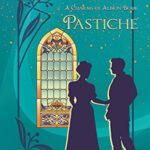
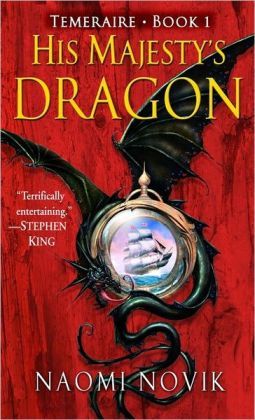
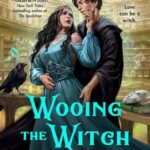

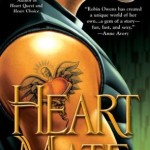







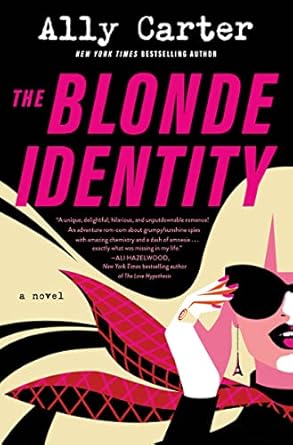
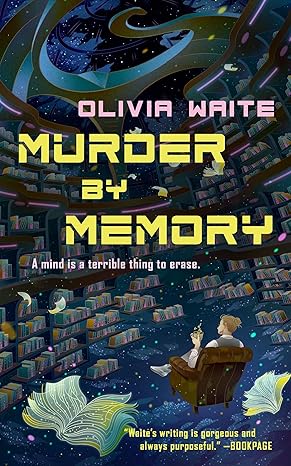
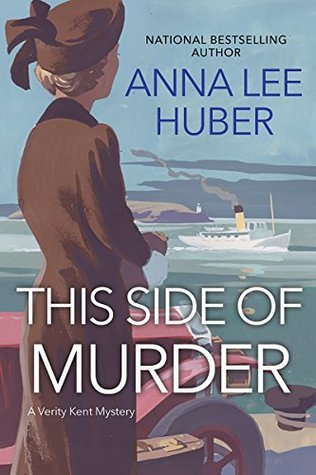
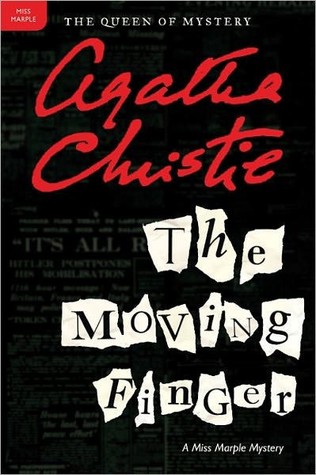

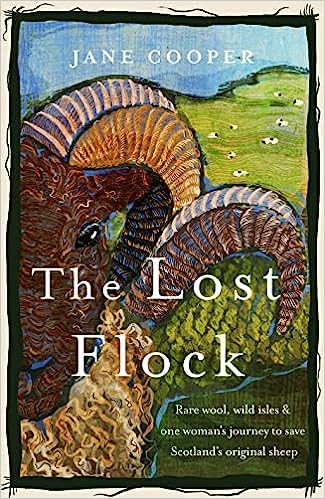
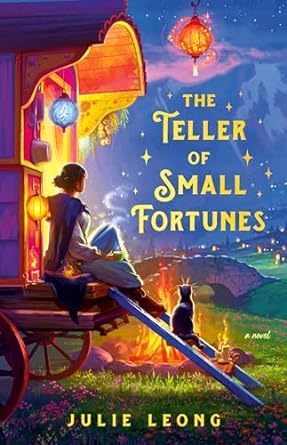
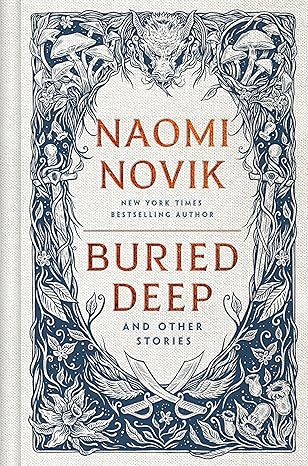
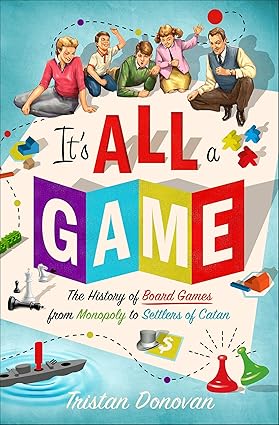
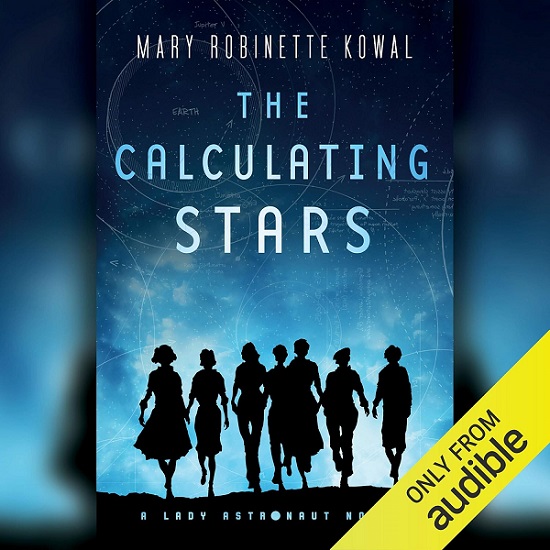
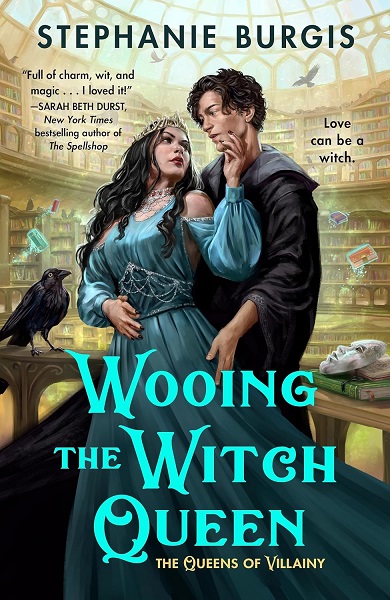

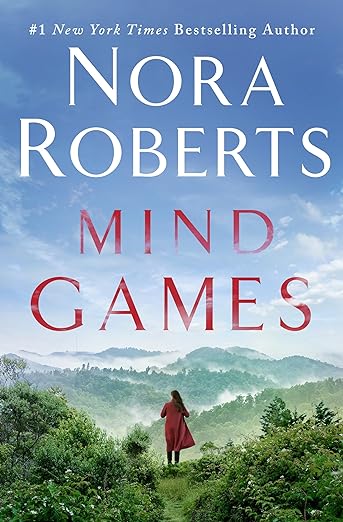
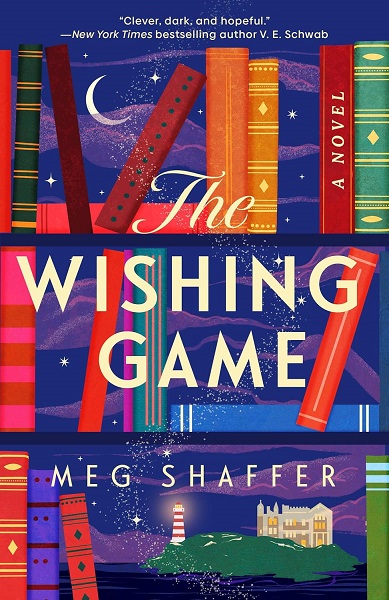


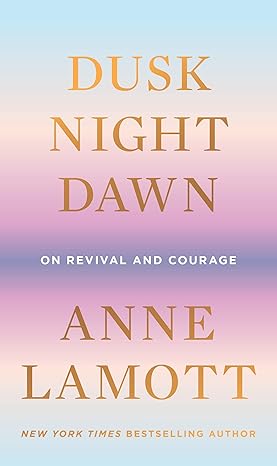
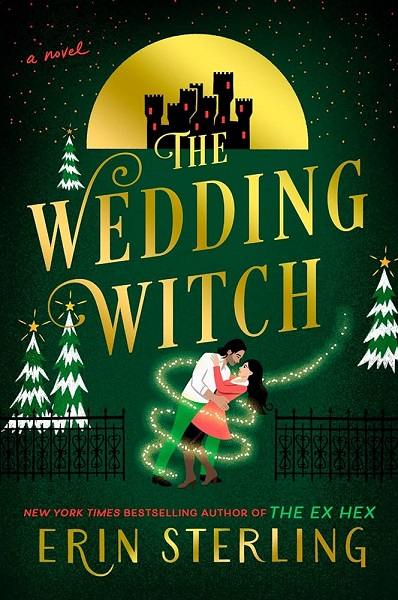

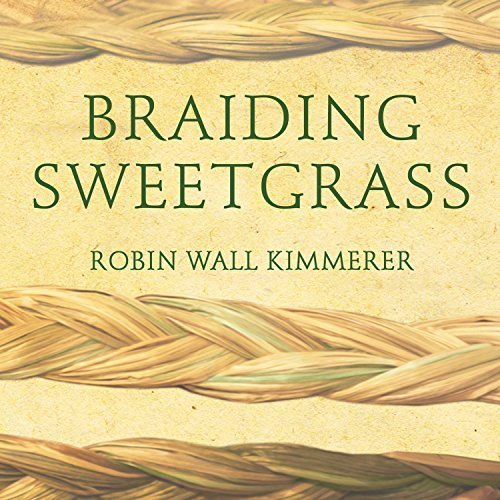
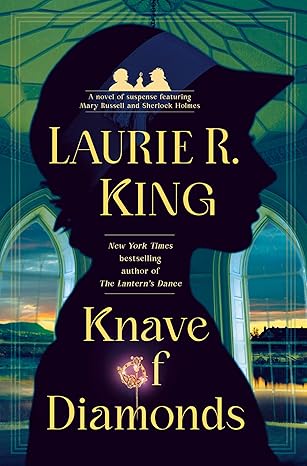






Anne - Books of My Heart
I just got a freebie written by this author. I love the covers. I don’t know if a slow pace would help me. I think I prefer to be distracted by a fast pace or emotional moral questions to consider when real life is upsetting. But I’m glad if it helps you.
Anne – Books of My Heart recently posted…Whispers of Fortune by Mary Connealy @maryconnealy @bethanyhousefiction @austenprose @sophiarose1816
Lark_Bookwyrm
Ooh, which one did you get?
Lark@LarkWrites
There are days when all I want is a quiet and charming novel. Plus, I always love that trope where a main character inherits a house. I’ll have to keep this book in mind. 😀
Lark@LarkWrites recently posted…February’s Bookish Art…
hena
Thanks for sharing.. it’s hard for me to get into slower paced books.